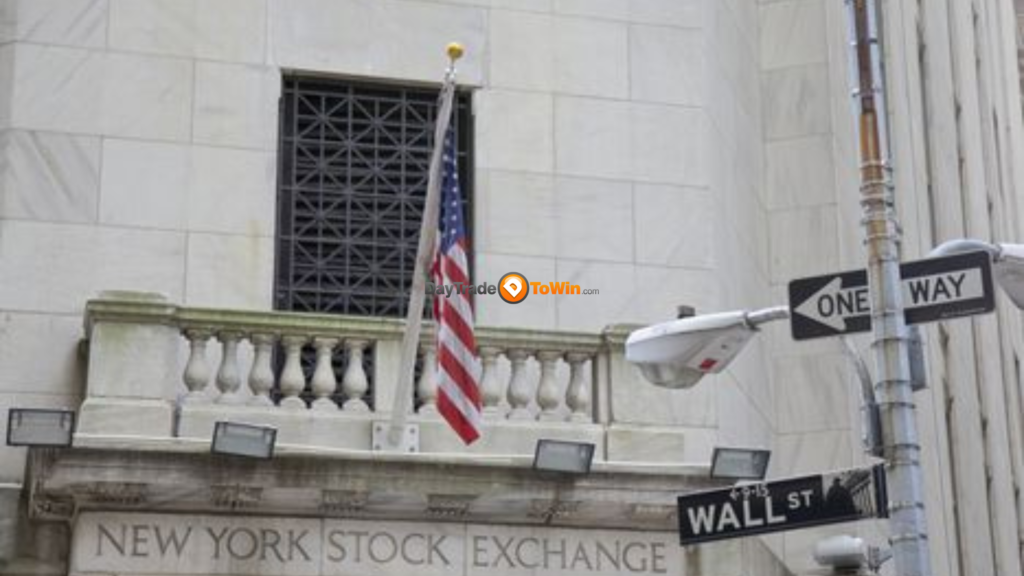5% Treasury Yields Signal a Shift: How Stock Market Investors Can Stay Ahead
The recent surge in U.S. government bond yields, pushing the 10-year Treasury rate to nearly 5%, a level not witnessed in 16 years, has created a challenging environment for investors in the stock market.
The 10-year Treasury yield, represented by BX:TMUBMUSD10Y, reached its highest point since 2007, nearly touching the 5% mark, before slightly receding on Friday. Simultaneously, the 30-year Treasury yield, symbolized by BX:TMUBMUSD30Y, also saw its highest closing level since 2007 on Thursday, followed by a minor pullback.
These developments have introduced elevated volatility in the bond market, with the ICE BofA MOVE Index, often referred to as the bond market’s “fear gauge,” surging to 142 in early October, marking its highest level since May. As of Friday, it was hovering around 135.5, as per FactSet data.
Nancy Davis, who manages the Quadratic Interest Rate Volatility & Inflation Hedge ETF IVOL, voiced concerns about the perceived safety of bonds, emphasizing that bonds are not without risk, noting that the 30-year Treasury experienced more significant losses than the Nasdaq in 2022.

Jay Hatfield, Chief Executive at Infrastructure Capital Management, pointed out that the rising Treasury yields have played a substantial role in the recent weakness of the stock market.
As a result of these developments, U.S. equities concluded the week with losses, including a 1.6% decline in the Dow Jones Industrial Average (DJIA), a 2.4% drop in the S&P 500 (SPX), and a 3.2% decrease in the Nasdaq Composite (COMP) over the past week, based on data from Dow Jones.
Hatfield explained that equities are essentially long-duration assets, making them sensitive to interest rate fluctuations. With rising interest rates, the future earnings of stocks are discounted at higher rates.
Moreover, the ascending Treasury yields are diminishing the attractiveness of riskier investments. Yields on fixed-income instruments now exceed the earnings yield of S&P 500 index companies. According to Jose Torres, a senior economist at Interactive Brokers, it no longer makes sense to hold equities at elevated prices when the 10-year Treasury yield is approaching 5%.
Hatfield’s models indicate that a theoretical 40-basis-point increase in the 10-year Treasury yield can lower the S&P 500 multiple by one point. Over the past three months, the 10-year Treasury yield has risen by 108 basis points, suggesting a potential drop of almost three points in the S&P 500 multiple. As of Thursday, the S&P 500’s price-to-earnings ratio stood at 19.34, as per Dow Jones market data.
Sentiment wasn’t improved when Federal Reserve Chair Jerome Powell stated that bond market volatility should be allowed to “play out.” However, he acknowledged that the rise in Treasury yields is tightening financial conditions and could potentially act as a substitute for further Fed interest rate hikes.
From a technical standpoint, Torres anticipates that the 10-year Treasury yield might test 5.29% in the upcoming months. If it surpasses this level, we may enter uncharted territory regarding how high it can go, with a possible peak of 6% during this cycle.
Hatfield holds a more optimistic view, expecting the 10-year Treasury yield to peak at approximately 5%. He noted that in the following week, if interest rates stabilize, the stock market should shift its focus to earnings, particularly from tech giants like Microsoft Corp. (MSFT), Alphabet Inc. (GOOGL), and Visa Inc. (V), which are set to report their third-quarter results.
Nonetheless, Hatfield recommended exercising caution, given ongoing geopolitical tensions in the Middle East and the expectation that positive inflation data won’t materialize until November.
He suggested that preferred shares, offering fixed dividends to shareholders, could be a prudent choice. Additionally, investors may consider adding tech stocks, given the forthcoming earnings reports.
Given the elevated bond yields, active management is preferred over passive investing, as noted by Torres.
Torres predicted that stock market performance in the next five to ten years will likely be more subdued with high interest rates, making it an environment for stock pickers to select the right companies and sectors poised for success.
Looking ahead, important data releases to watch for include the flash October manufacturing purchasing managers indexes on Tuesday, and the September personal consumption expenditure (PCE) price index, expected on Friday in the coming week. Investors will also be monitoring September new home sales data on Wednesday, along with information on U.S. third-quarter GDP, weekly initial jobless benefit claims, and September durable-goods orders, all due on Thursday.




